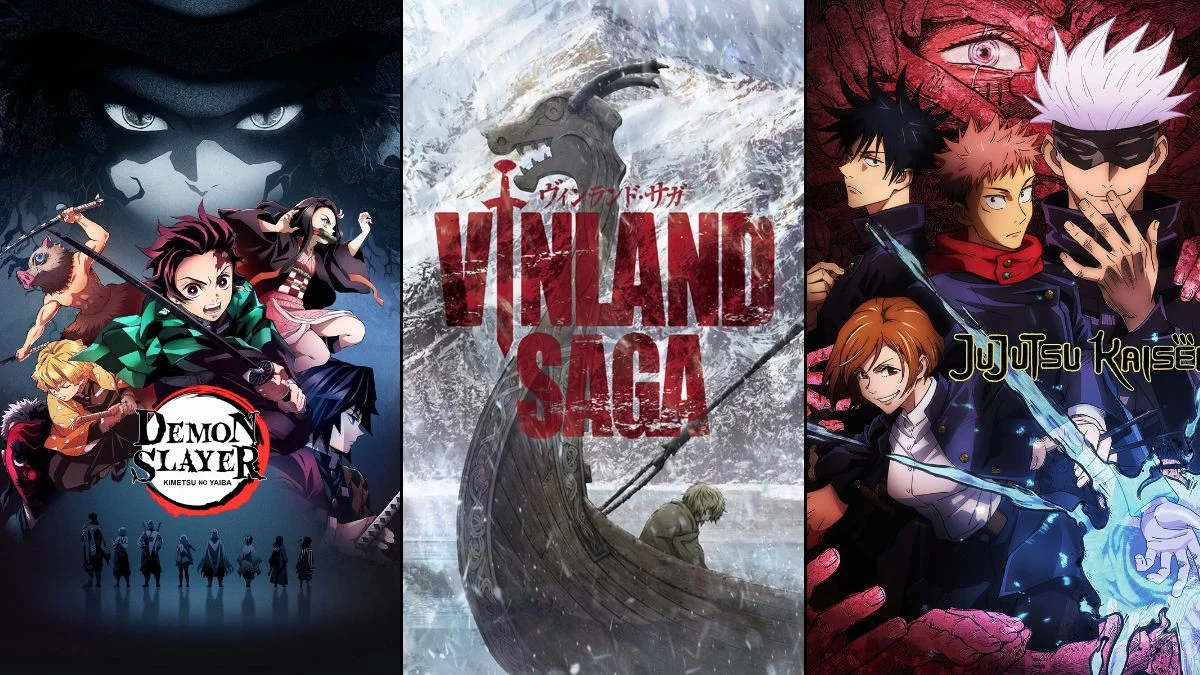
Certain anime series immediately grab your attention with their first episode, making you want to watch the entire season. These opening episodes often feature strong directing, memorable music, and well-developed worlds, all presented with confidence. They quickly establish the central ideas and what’s at risk, and here are some examples of shows that did this particularly well.
‘Attack on Titan’ (2013–2023)
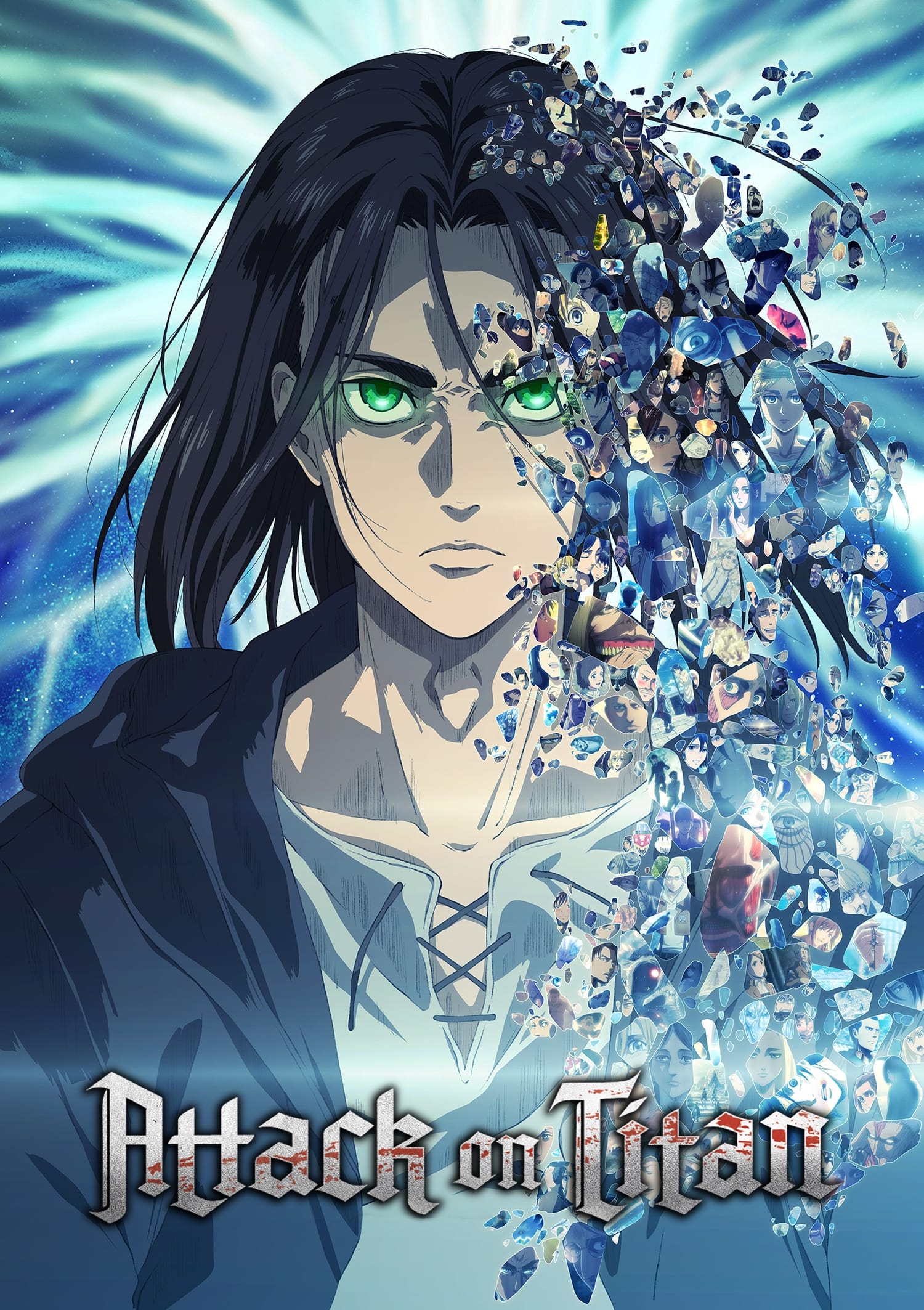
The first episode quickly establishes the world’s setting – a society protected by walls, a strong military, and the terrifying threat of Titans. It closely follows the beginning of the original manga with fast-paced editing and a focus on characters’ perspectives. The powerful music by Hiroyuki Sawano immediately sets the tone. The episode ends with a devastating event that clearly defines the journeys of the main characters.
‘Death Note’ (2006–2007)
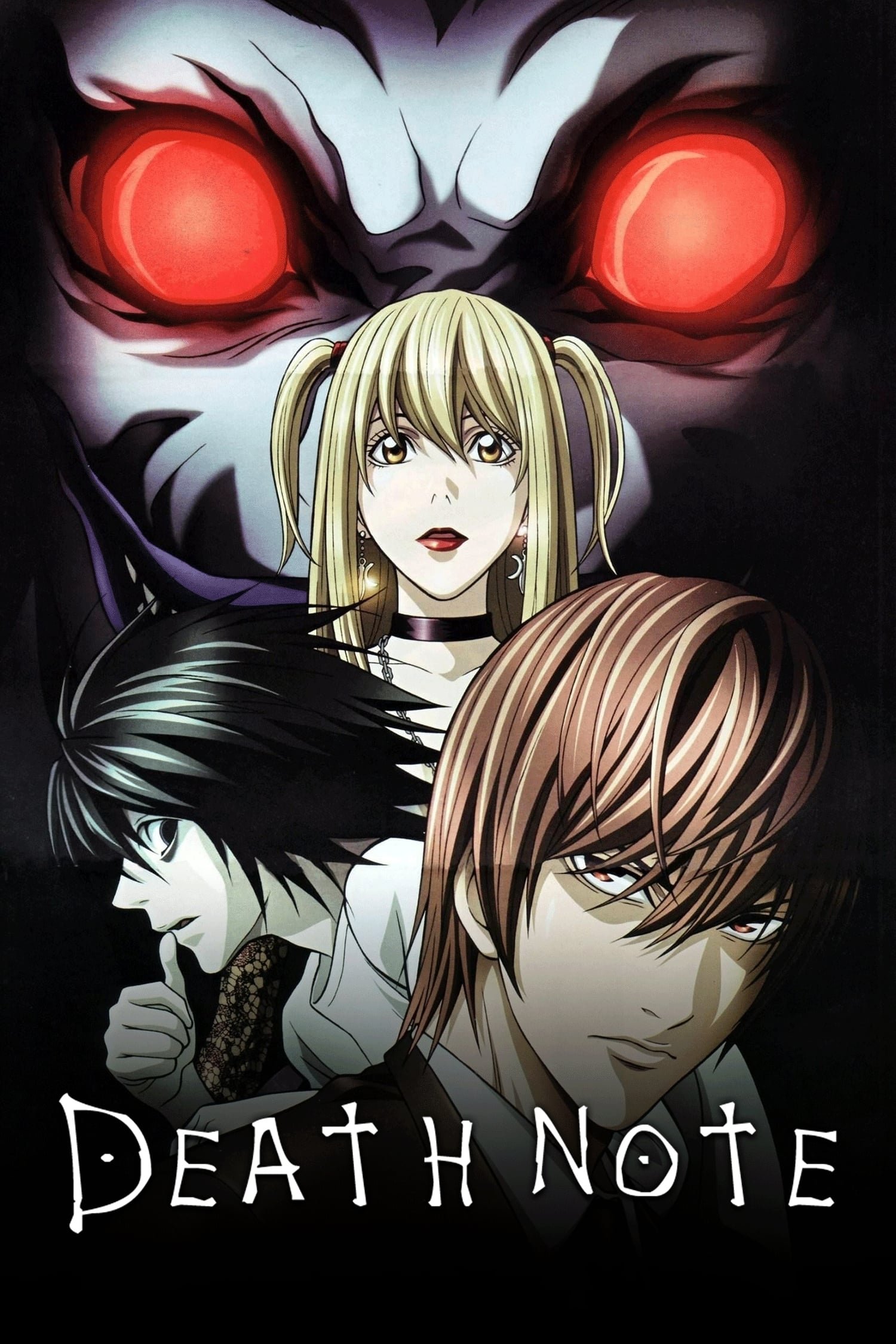
Okay, so the first episode of this show really grabs you right away. It lays out the rules of this mysterious notebook through some clever on-screen text and then shows us how they work with Light Yagami’s experiments – it doesn’t just tell us. And the instant L shows up, seemingly out of nowhere, you know this is going to be a fascinating game of cat and mouse. Visually, it’s striking – think lots of red apples and really dramatic lighting – it immediately establishes a cool, unique style. What I really appreciated was how the script explained this whole supernatural concept in a way that was easy to follow without ever feeling rushed or slowing down the story.
‘Fullmetal Alchemist: Brotherhood’ (2009–2010)
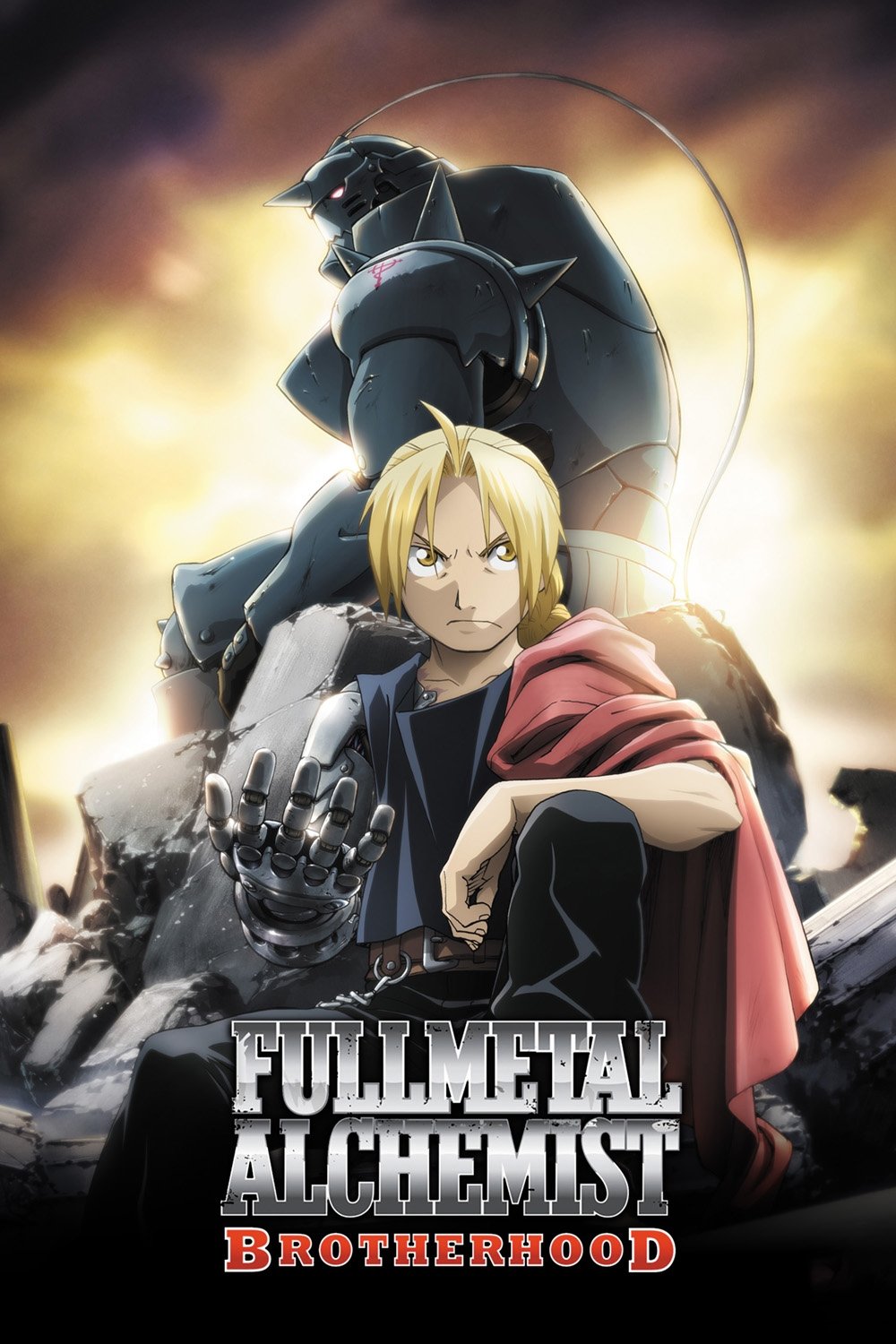
The first episode introduces the series with a self-contained adventure while also laying the groundwork for its core concepts, like the rules of alchemy and the role of state alchemists. We learn about the tragic event that impacted the Elric brothers through flashbacks, revealing the price they paid for a forbidden act. The action sequences are well-animated and showcase various approaches to alchemy. Finally, the episode concludes by establishing a major overarching goal that drives the entire story forward.
‘Demon Slayer: Kimetsu no Yaiba’ (2019)
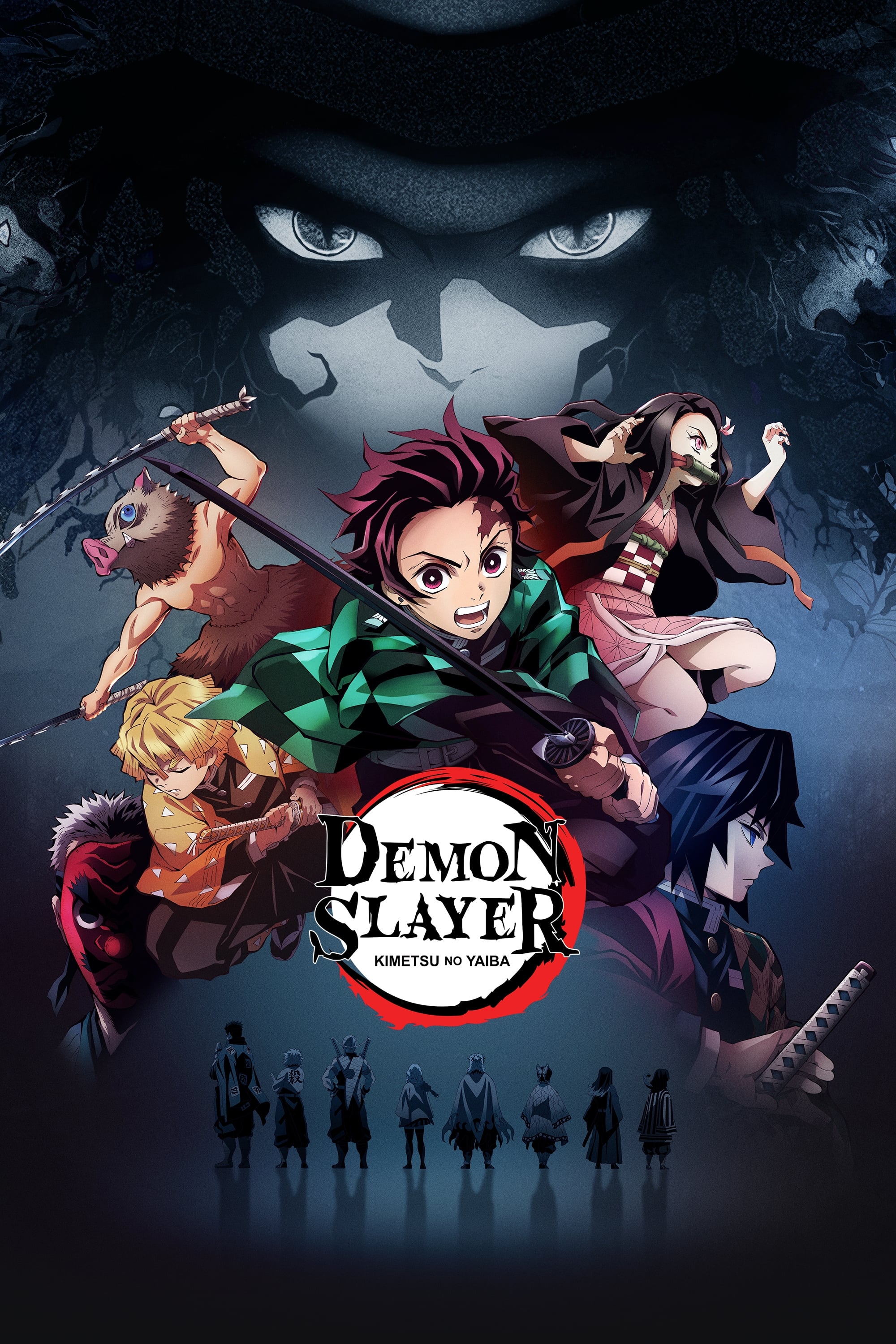
The first episode shows Tanjiro going through his usual activities before a surprising attack changes everything. It quickly explains how demons work, introduces the Demon Slayer Corps, and clarifies the weaknesses of demons – sunlight and the power of blood. Ufotable’s animation skills are on full display in a visually stunning forest scene. Finally, the conversation between Tanjiro and Giyu hints at the challenges and emotional weight of the training that lies ahead.
‘Jujutsu Kaisen’ (2020)
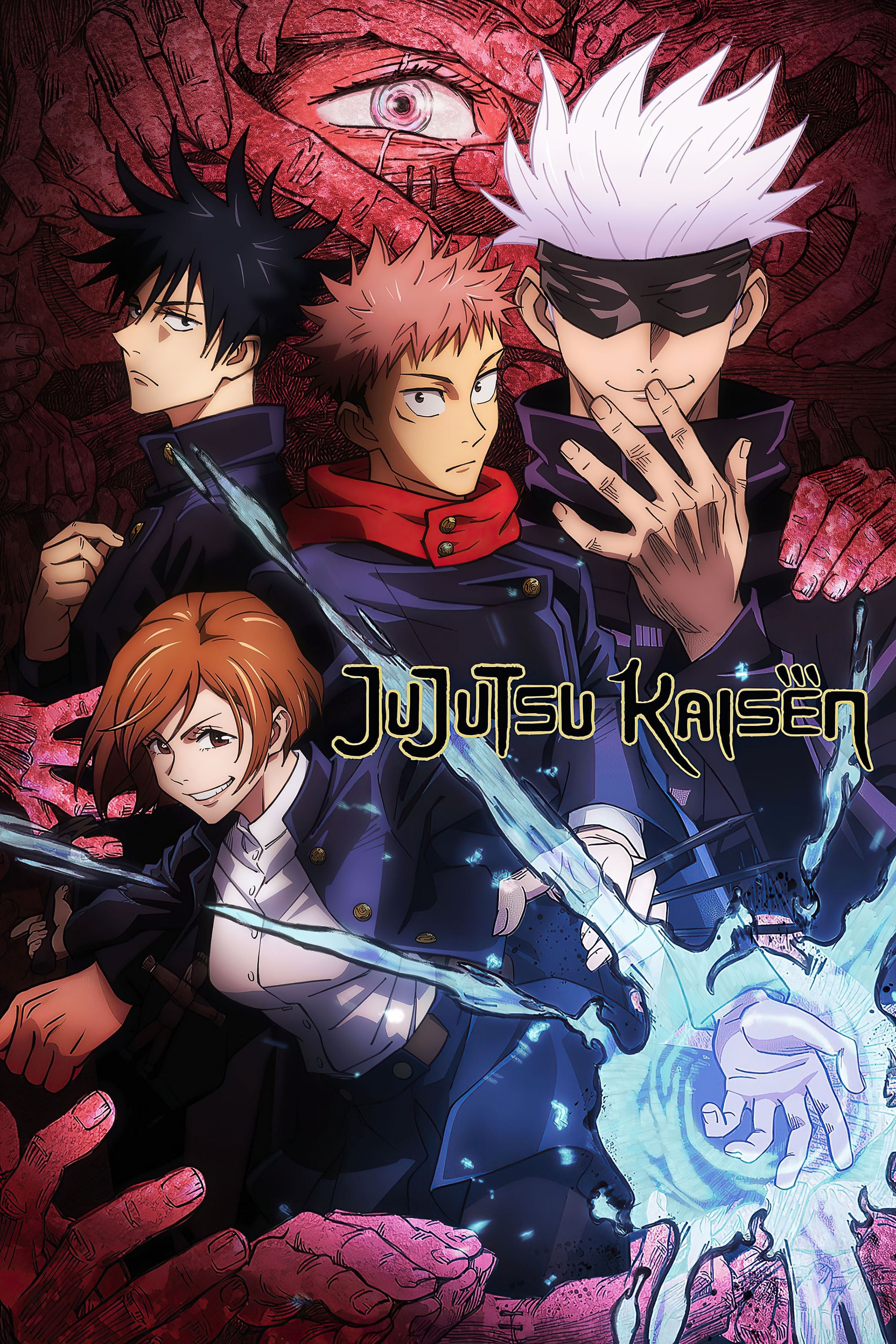
The first episode explains that cursed energy comes from people’s negative emotions and demonstrates how dangerous it can be, particularly at a school. It introduces key concepts like talismans and curse levels, and shows how sorcerers work through a single rescue mission. The fight scenes are well-done, with a focus on impactful moments and smooth transitions between physical combat and special techniques. Satoru Gojo doesn’t appear until later, but his entrance immediately establishes the show’s power level without unnecessary exposition.
‘Neon Genesis Evangelion’ (1995–1996)
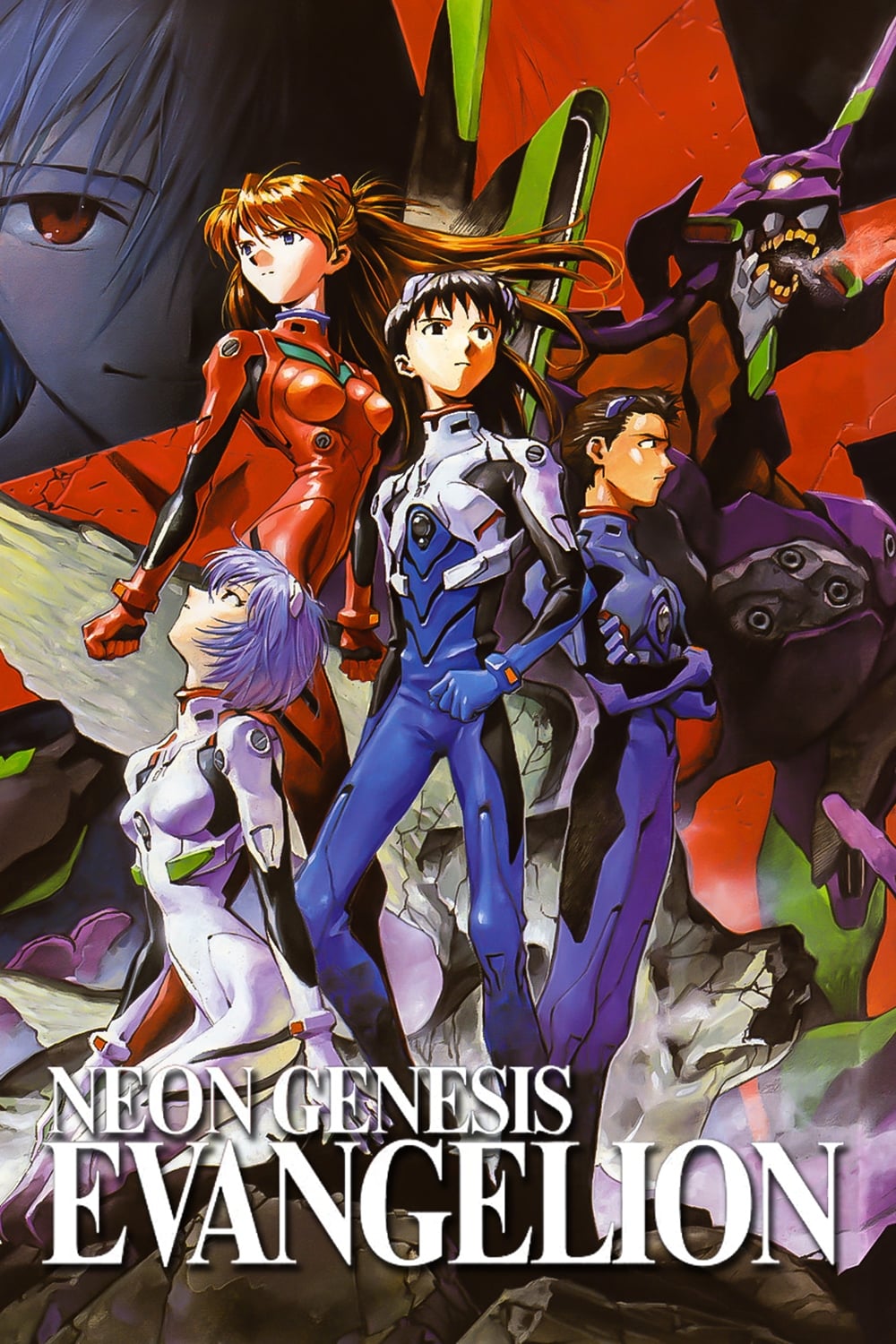
The pilot brings Shinji to the NERV headquarters, where we immediately see how the organization works through various displays and control panels. We quickly learn about the Angels’ powers and how ineffective normal weapons are against them. The detailed process of launching the Eva unit shows us exactly how the system works. Throughout, quick cuts to status screens keep the tension high while providing crucial information.
‘Cowboy Bebop’ (1998)

The first episode of the series tells a self-contained story about a dangerous drug called Red Eye and a couple trying to escape. It quickly introduces the main characters, Spike and Jet, by showing us how they work, what their spaceship is like, and the types of jobs they take. The music, composed by Seatbelts, immediately establishes the show’s cool, jazzy atmosphere, especially during the opening chase. The episode ends with a situation the crew can’t resolve, setting a serious and often unresolved tone for the rest of the series.
‘Chainsaw Man’ (2022)
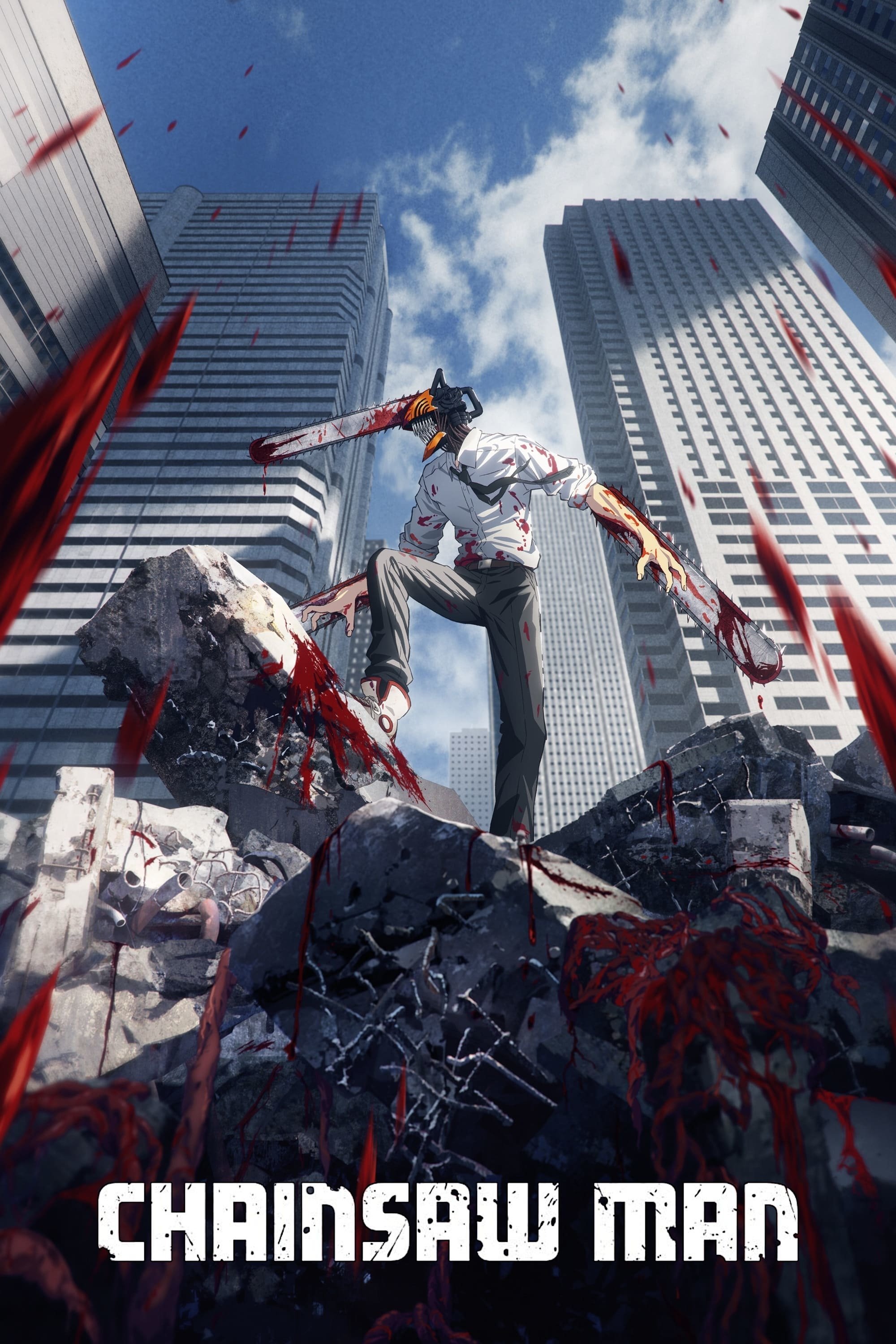
The first episode introduces Denji’s financial struggles, his bond with Pochita, and how devil hunters operate. It effectively combines gruesome imagery with realistic elements, such as how the agency handles things and pays its employees. The sound design brilliantly emphasizes the unique feel of the chainsaw transformations. Finally, the introduction of Makima establishes a clear chain of command that will shape future storylines.
‘Vinland Saga’ (2019)
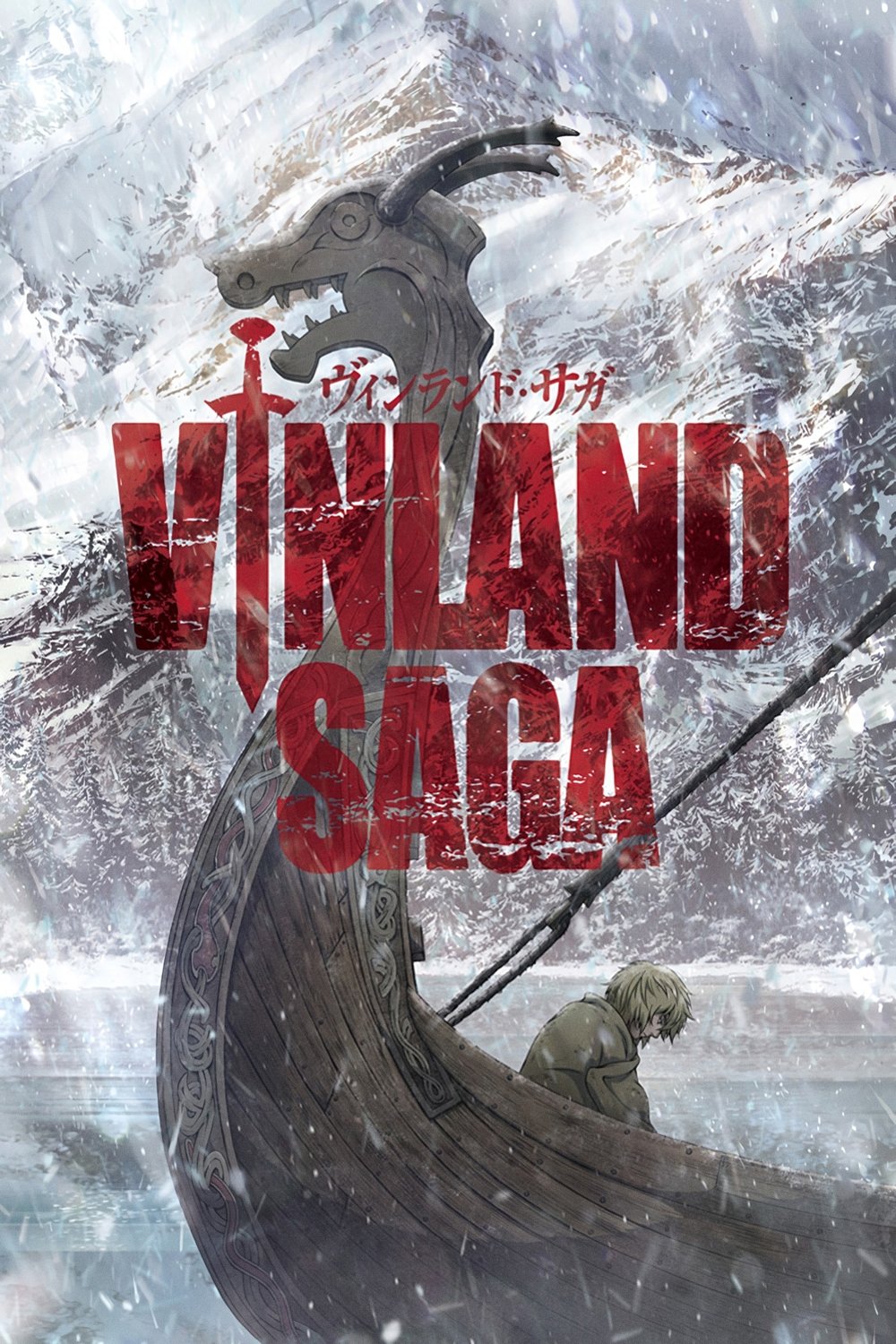
The first episode sets up a stark contrast between the quiet life of a village and the harsh reality of mercenaries, using scenes that happen simultaneously on land and at sea. We learn about Thor’s history through subtle visual hints and minimal conversation. The show realistically portrays how ships are built, how people navigate, and how battles are fought. Ultimately, the episode explains the reason why this family keeps getting caught up in conflict.
‘Oshi no Ko’ (2023)
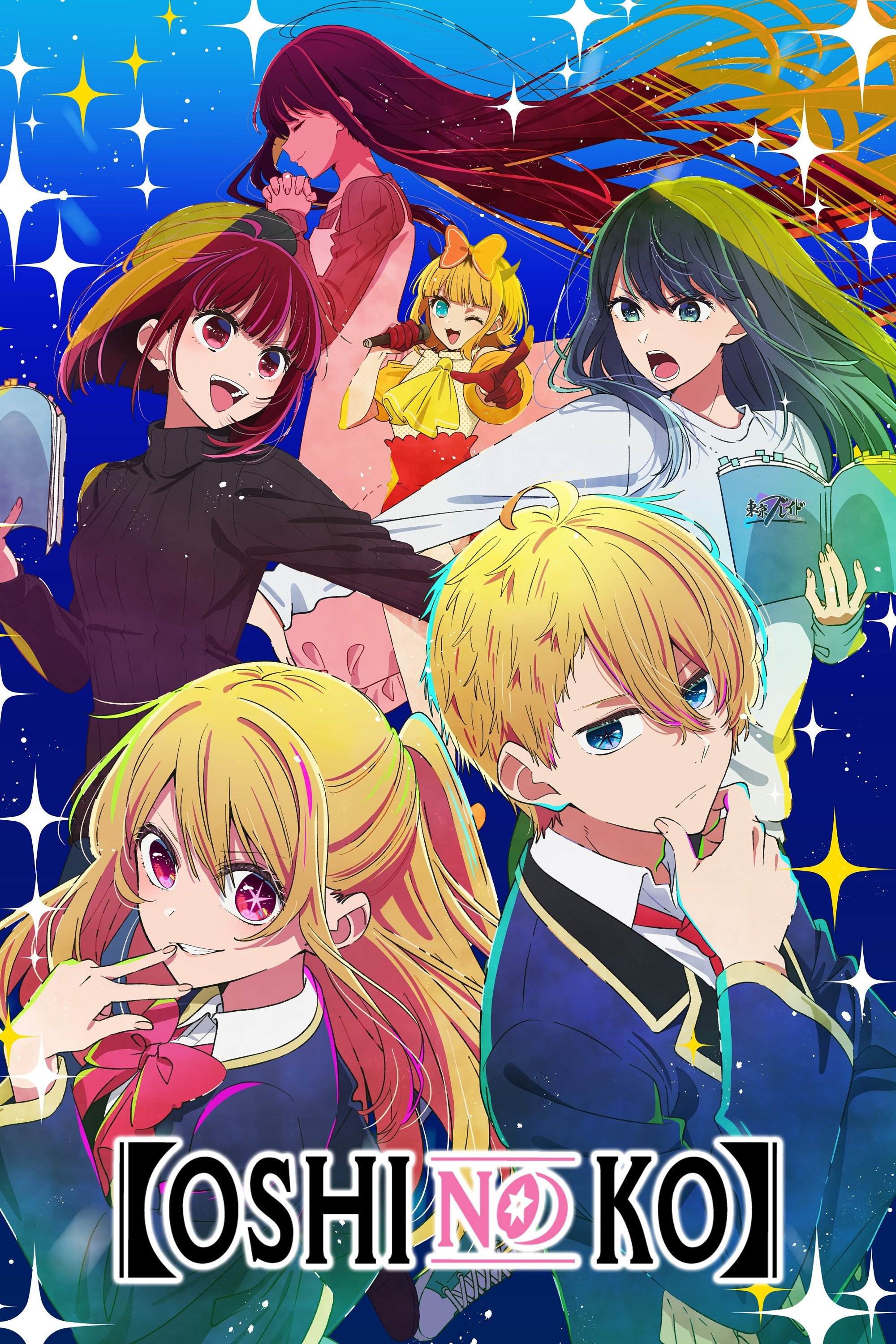
The first episode, which is feature-length, introduces the world of the idol industry, covering everything from how agencies operate to the behavior of fans. It uses the idea of reincarnation to explain the inner workings of becoming an idol, like training, public appearances, and staying safe. The story highlights how numbers and carefully constructed public images influence an idol’s decisions. Finally, the episode shifts the story’s focus and gives the main character a specific goal to work towards.
‘The Promised Neverland’ (2019–2021)
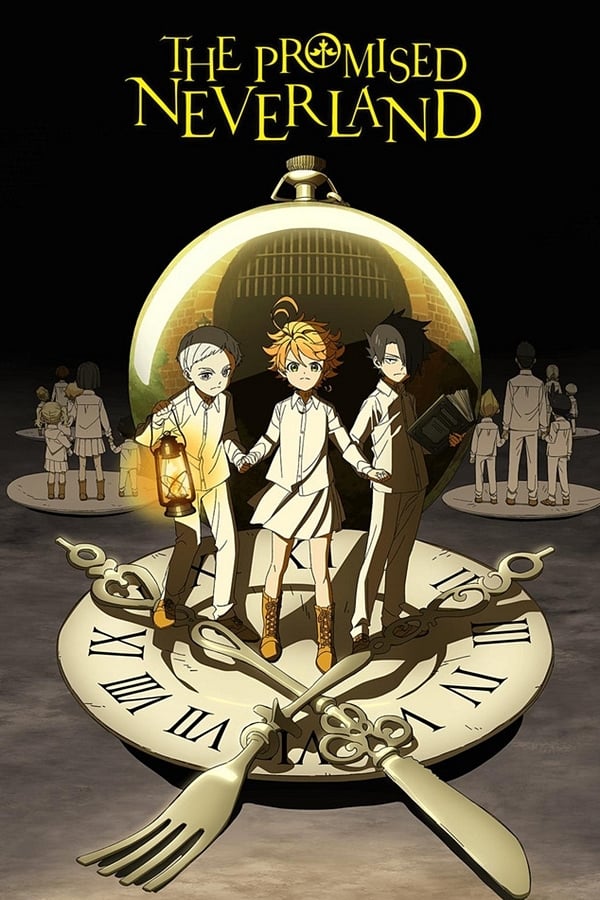
Okay, so the show starts with this orphanage that feels super controlled – lots of testing, and you’re not allowed anywhere near the fence. But then you quickly realize it’s not an orphanage at all, it’s actually a really well-organized farm! The episode does a great job of laying out how anyone trying to escape would need to plan things, using maps, keeping track of numbers, and understanding all the rules. It’s fascinating because you immediately start seeing everyone’s role – who’s gathering information, who’s moving things around, and who’s responsible for keeping the adults busy. It really sets the stage for what’s to come.
‘Erased’ (2016)
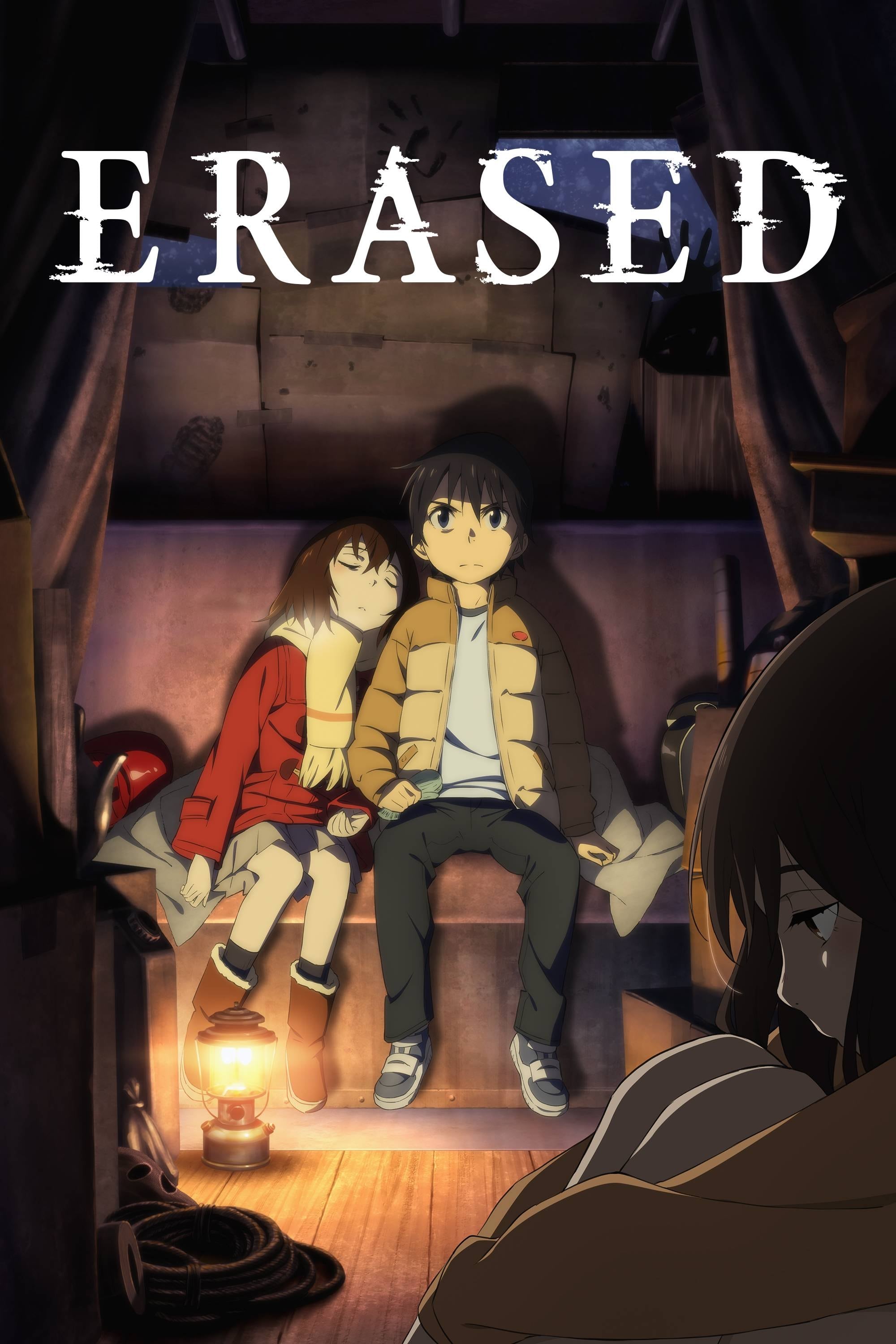
The first episode introduces Satoru’s time-travel power by first showing it with a minor event, then gradually increasing the stakes. The story centers around an old, unsolved case that Satoru can now re-examine. The script carefully uses memories, locations, and daily school life to build the plot. Visual cues help viewers understand when and where Satoru has jumped in time.
‘Made in Abyss’ (2017)
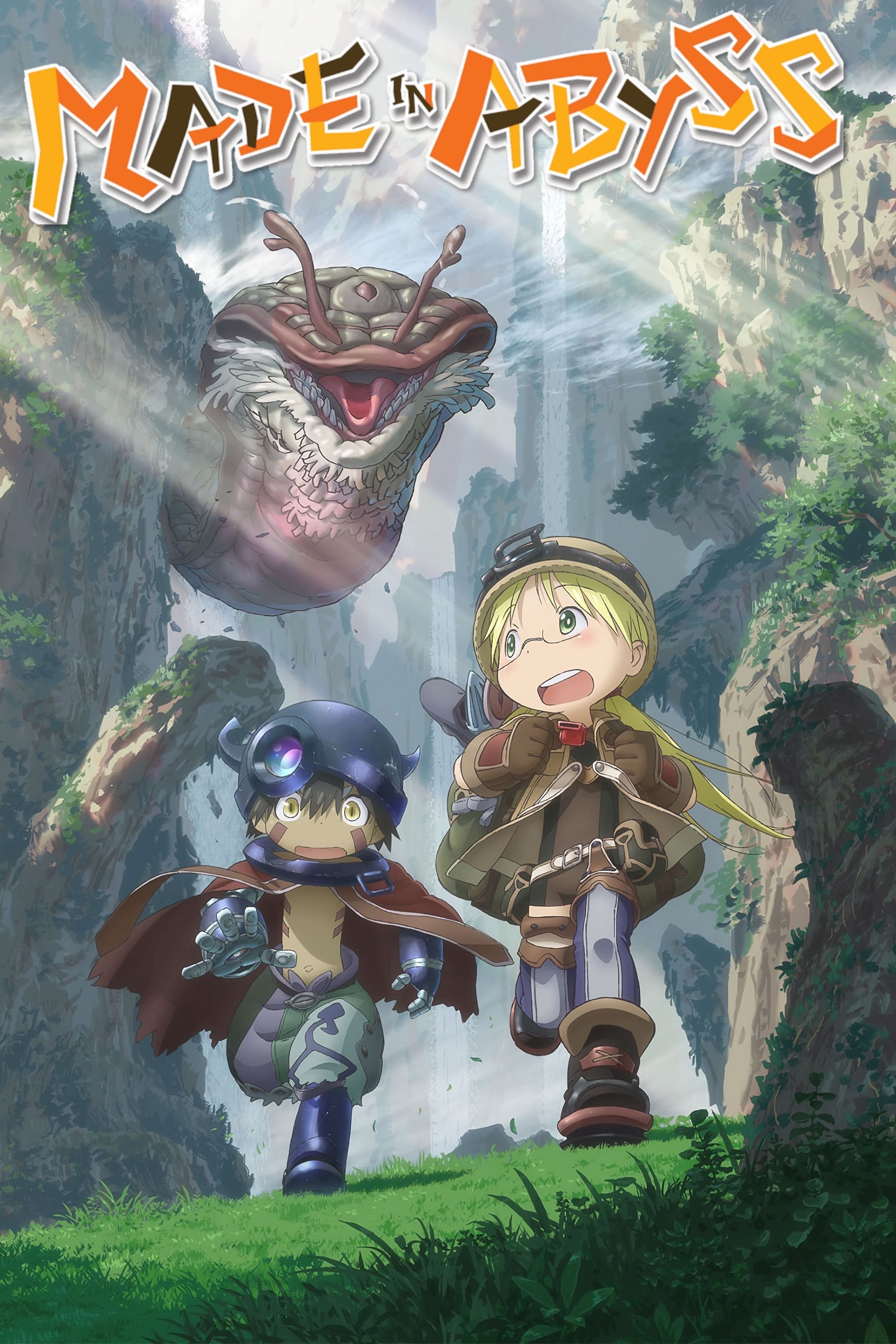
Okay, so the first episode really sets the scene – you get a great look at this town built right on the edge of this massive abyss, and learn about the different groups that organize and run the dives down into it. It explains the layers of the Abyss itself, and this really creepy curse that affects anyone trying to climb back up. What I loved is how much detail they put into the equipment checks and the procedures for bringing people back – it felt super realistic. But then, it ends with these two kids being sent down into this dangerous place, knowing full well the risks involved – it’s a really powerful setup!
‘One-Punch Man’ (2015–2019)

The opening sequence establishes a world where monsters frequently appear and heroes are officially registered. It quickly shows Saitama’s strength and training through action, avoiding lengthy backstory. The city’s naming conventions and the disaster classification system lay the groundwork for future storylines. After a mission, Saitama meets a new ally who seems to be connected to a larger, more established hero organization.
‘Mob Psycho 100’ (2016–2022)
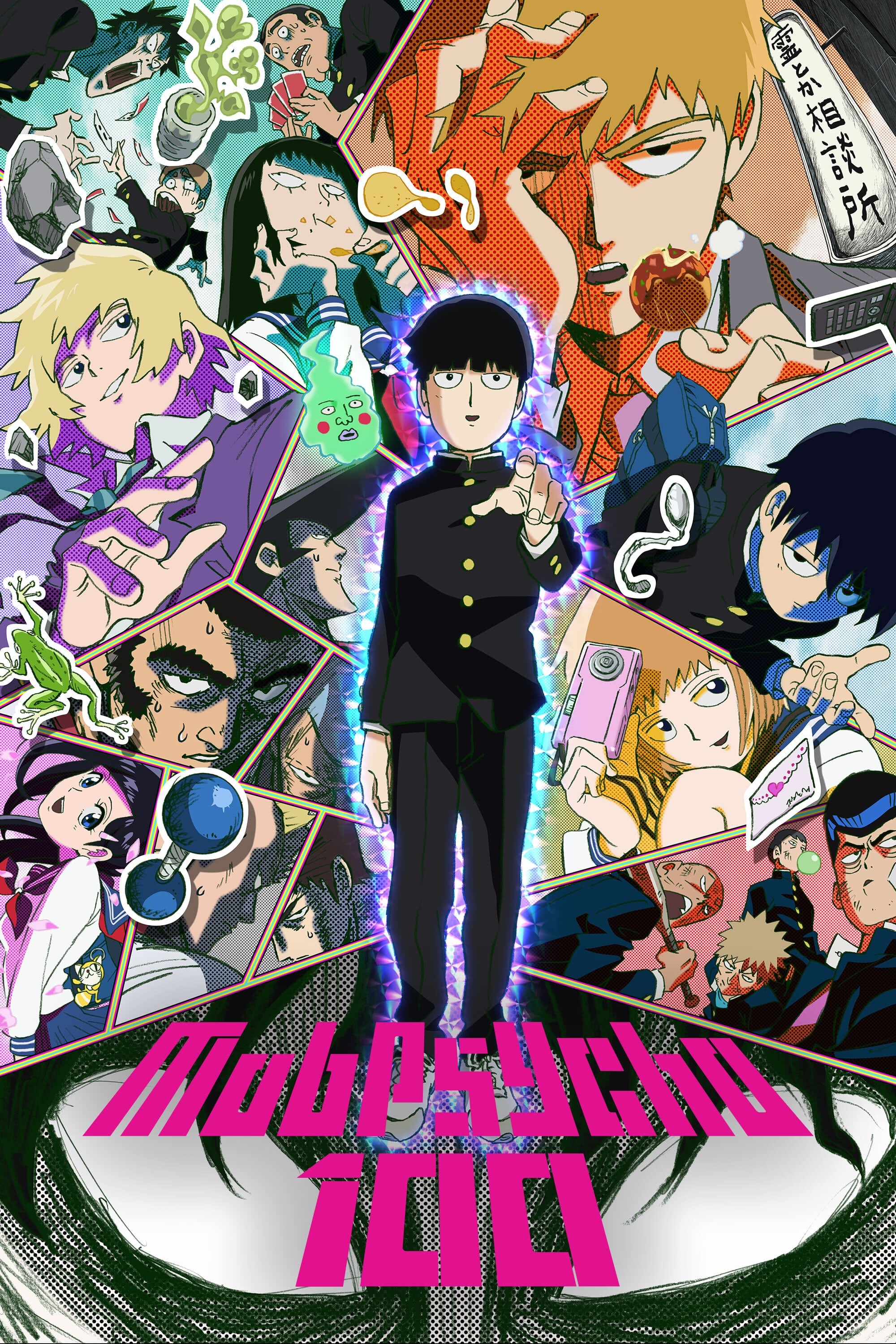
The first episode of the series introduces the Spirits and Such Consultation Office and showcases a typical case they handle. It explains how the main character, Mob, experiences and manages his emotions through a visual meter that measures his internal pressure. The episode blends humorous moments with demonstrations of psychic abilities. We also see how Reigen acts as a mentor, highlighted by the office’s contract and his seemingly staged exorcisms.
‘Samurai Champloo’ (2004–2005)
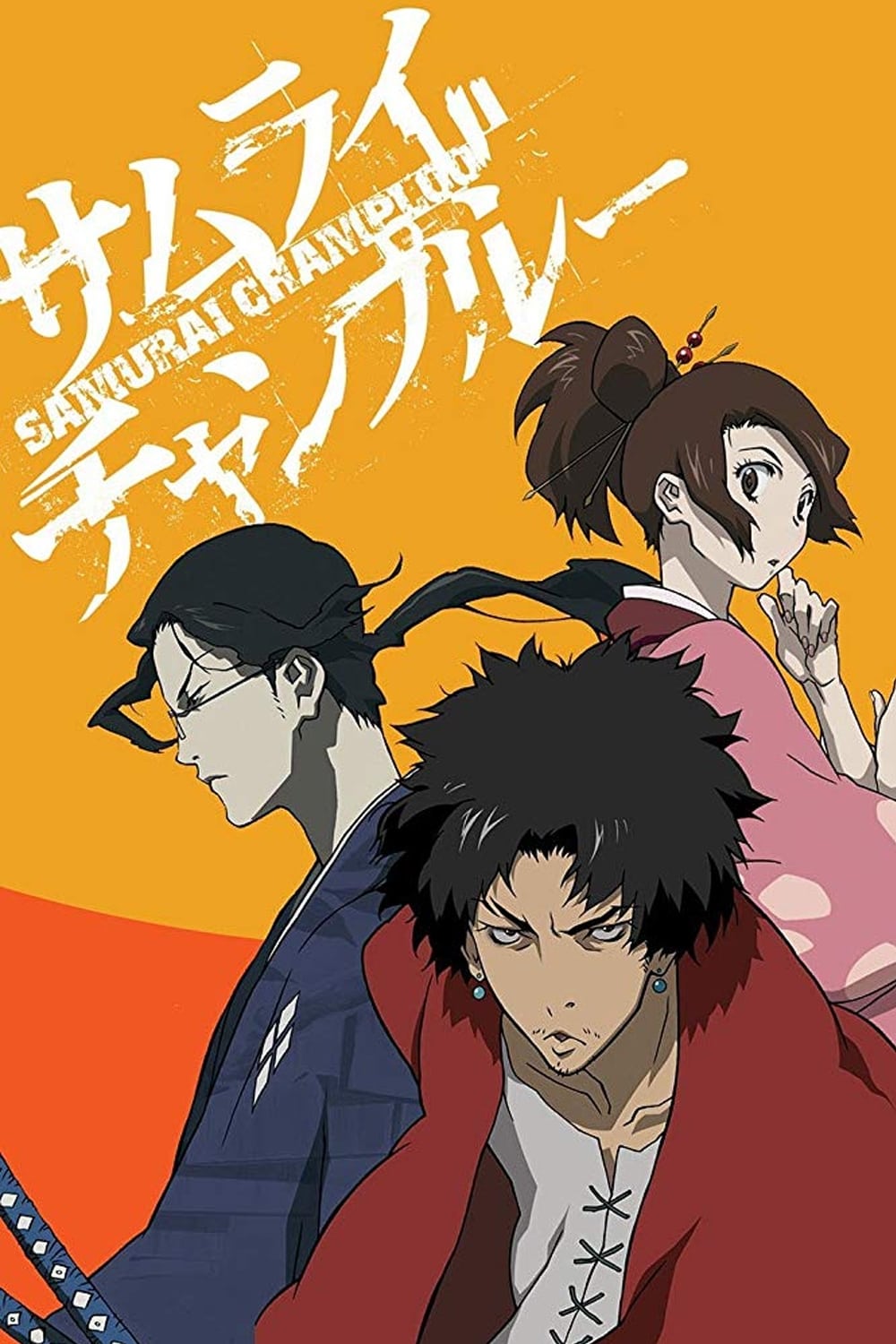
The first episode introduces Mugen and Jin by showcasing their distinct fighting styles. The story begins with an event at a teahouse and a commitment they both make to Fuu. Clever use of music enhances the pace and impact of the fight scenes. Finally, the episode ends with the three characters united by a common goal and a clear path forward.
‘Steins;Gate’ (2011)
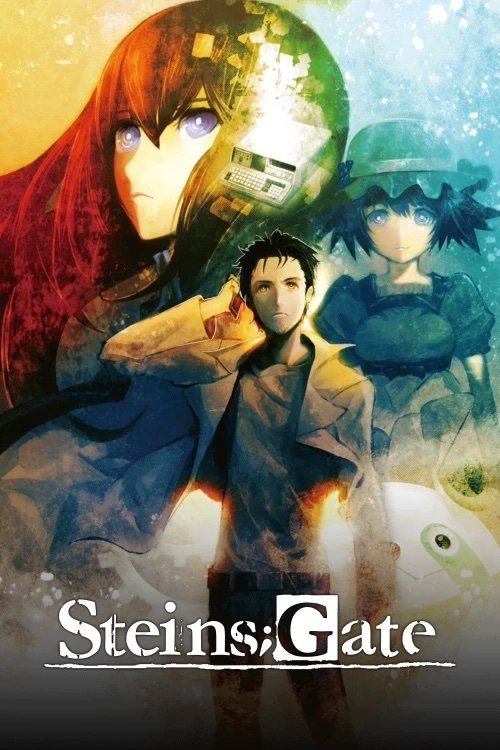
The first episode introduces a series of unusual occurrences – a strange event during a lecture captured on a phone, a satellite falling from the sky, and a mysterious text message. It subtly introduces the idea of sending messages back in time with a small-scale test. Technical terms, like ‘divergence numbers,’ and information about the research team are woven into everyday conversations. The city’s design and one specific building quickly become important clues in the unfolding investigation.
‘Sword Art Online’ (2012–2020)

So, the game master explained everything at once – how the full dive system works, what happens if you log out mid-game, and even what constitutes death. They made it clear that things like crafting, grouping with other players, and taking on the big bosses aren’t just side quests, but essential for just surviving each day. They also pointed out that because Kirito was a beta tester, he had a bit of an edge, but it wasn’t like he was invincible. Ultimately, he decided to go it alone at the start, and that choice really dictated how his early game played out.
‘Ranking of Kings’ (2021–2022)
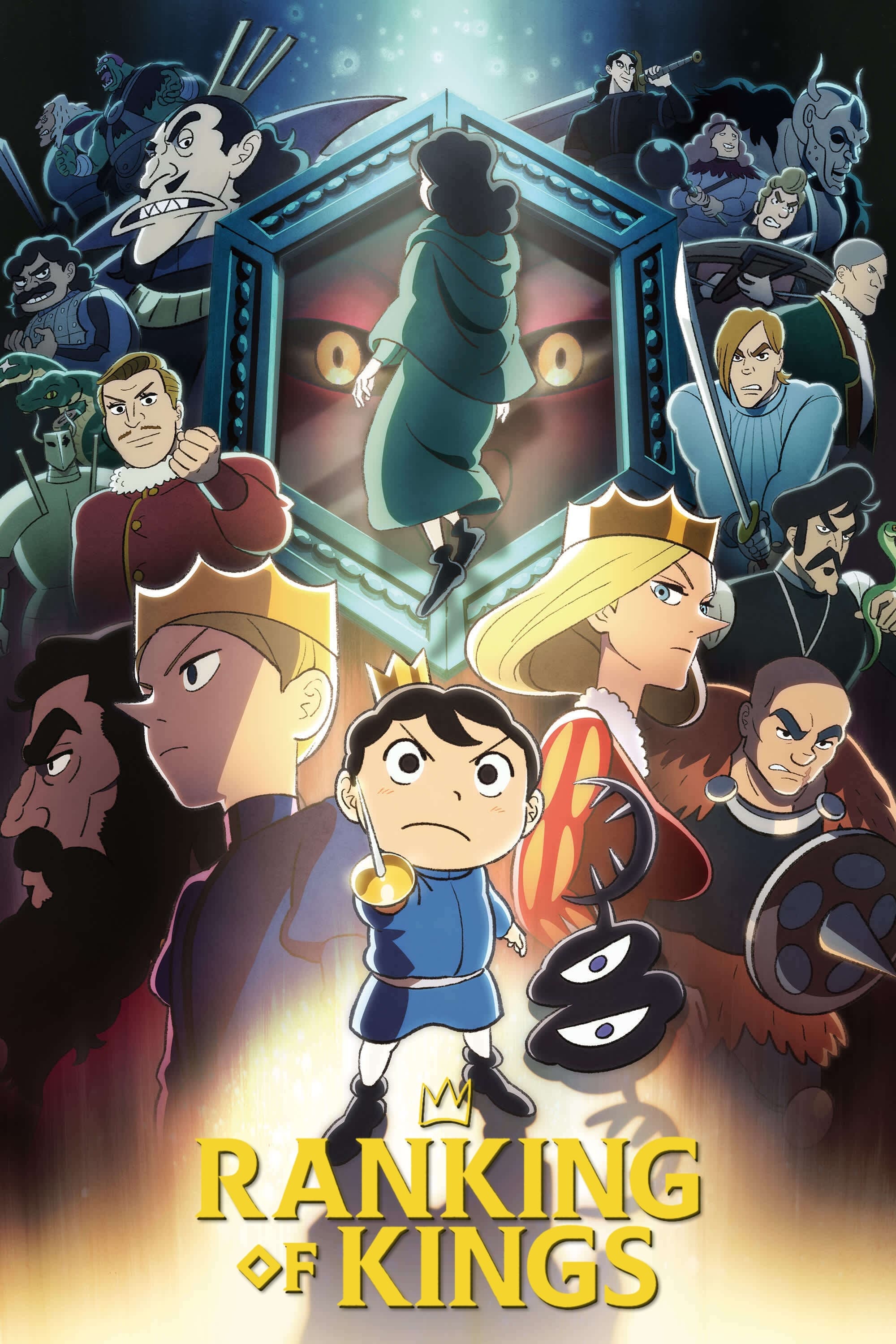
The series begins by showcasing a system for ranking kings based on their power and ability to lead. We quickly learn how Bojji communicates – primarily through gestures and by following familiar paths within the castle. Important details are revealed through maps, sign language, and visual hints, rather than lengthy explanations. A single fight scene effectively highlights both the characters’ skills and the underlying political conflicts.
‘My Hero Academia’ (2016)

The first episode establishes the world’s unique abilities as commonplace and explains how professional heroes get certified. It uses examples of rescues and school entrance exams to show how people become heroes. We meet the main characters through public events that highlight their powers and what’s important to them. The episode ends with a setup for the characters to begin training with experienced heroes who are connected to the established system.
Share your picks for first episodes that grabbed you right away in the comments.
Read More
- Ridley Scott Reveals He Turned Down $20 Million to Direct TERMINATOR 3
- The VIX Drop: A Contrarian’s Guide to Market Myths
- Baby Steps tips you need to know
- Global-e Online: A Portfolio Manager’s Take on Tariffs and Triumphs
- Northside Capital’s Great EOG Fire Sale: $6.1M Goes Poof!
- Zack Snyder Reacts to ‘Superman’ Box Office Comparison With ‘Man of Steel’
- American Bitcoin’s Bold Dip Dive: Riches or Ruin? You Decide!
- A Most Advantageous ETF Alliance: A Prospect for 2026
- WELCOME TO DERRY’s Latest Death Shatters the Losers’ Club
- Fed’s Rate Stasis and Crypto’s Unseen Dance
2025-10-27 09:16